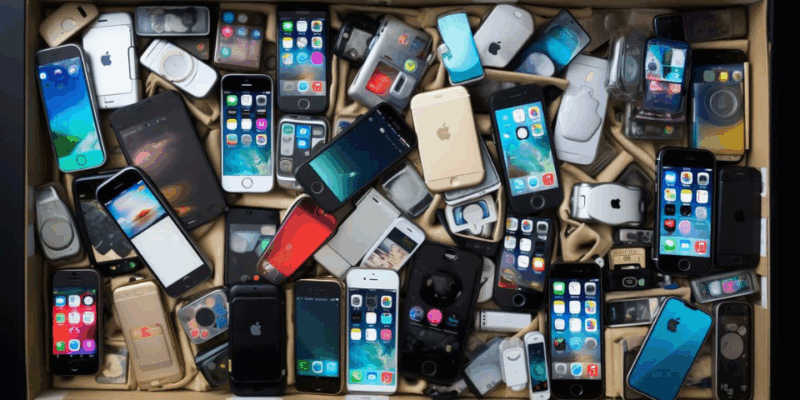A recent study has revealed that Portugal is sitting on a substantial cache of unused mobile phones—over 16 million devices tucked away in homes across the country. With a population of just over 10 million, this equates to more than 1.5 idle phones per person, placing Portugal among Europe’s leaders in unused smartphones per capita. Far from being worthless, these forgotten gadgets are a valuable source of precious metals, with estimates suggesting that the materials within them, including gold, cobalt, copper, and palladium, are worth around €1.5 billion.
The report, conducted by Fraunhofer Austria on behalf of refurbished electronics specialist Refurbed, highlights both economic and environmental opportunities. Of the 16.1 million redundant handsets, at least 5.1 million could be refurbished and put back into use, potentially adding €162 million to the Portuguese economy. The remainder could be harvested for critical raw materials, supporting Europe’s ambitions for greater resource self-sufficiency while reducing waste. Refurbed notes that while many consumers still favour brand-new devices, the perception of refurbished technology is gradually changing, with younger and more environmentally aware buyers driving demand for pre-owned phones and gadgets.
Unlocking the value of these dormant devices could also yield significant environmental benefits. Refurbishing and recycling mobile phones on a wide scale has the potential to cut CO2 emissions by millions of tonnes each year and save billions of litres of water otherwise used in manufacturing. However, barriers remain, from concerns about data security to a lack of awareness about recycling options. As attitudes shift and the economic and ecological case for reusing technology becomes clearer, Portugal could well turn its old phones from forgotten clutter into a vital asset for both the economy and the planet.











